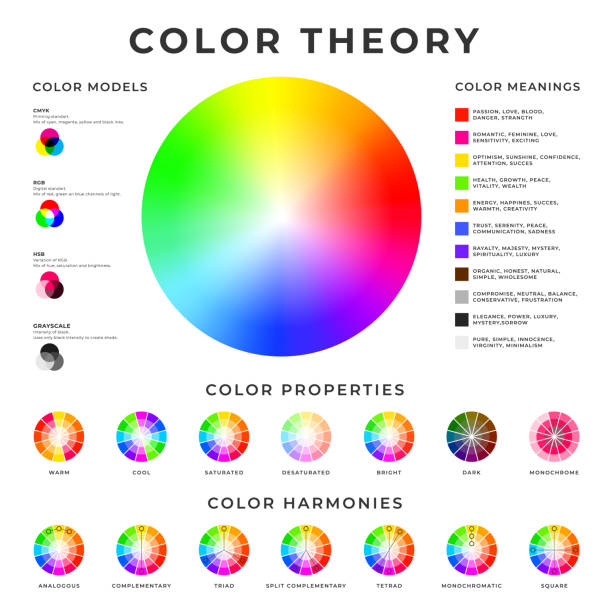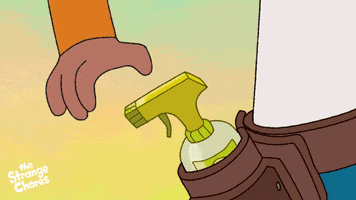You are interested in joining us for a little art session but not quite sure what to do with acrylic paints & tiny canvases? Not to worry! I've scoured the World Wide Web and came up with a shortlist of tips and tricks so we can get stuck right in!
Acrylic Paints are highly versatile, they dry quickly and can be thinned or cleaned with water – which makes them the perfect choice for beginners!
That way, the colors won't dry out before you use them, and you'll have plenty left in the tube to add more when you need it. Space out the colors around the perimeter of the palette. That way, you can use the center of the palette for mixing different shades.[5]

Try a dry brush to add more texture and detail work to the painting. If the brush is dry, it will skip a little when you run it across the surface of your painting. This will give the paint a grainy look, so it's great for areas where you want to add a little bit of texture or detail.[19]
Acrylic Paints are highly versatile, they dry quickly and can be thinned or cleaned with water – which makes them the perfect choice for beginners!
How do you set up an acrylic paint palette?
Pick 4-6 colors and squeeze a small amount of each onto a palette. When it comes to acrylic paint, a little goes a long way, so only squeeze out a small dollop of each color to begin with.That way, the colors won't dry out before you use them, and you'll have plenty left in the tube to add more when you need it. Space out the colors around the perimeter of the palette. That way, you can use the center of the palette for mixing different shades.[5]
- Try starting with the 3 primary colors—red, blue, and yellow—plus black and white.[6] Or, if you prefer a more natural palette, you might start with white, yellow, red, brown, and blue.[7]
- If the paint is in a jar, scoop out a small amount with a palette knife.

Can you mix acrylic paint to get new colors?
Yes, blend paints on your palette to get new hues. It's rare for painters to use an acrylic color as-is, straight from the tube. To fine-tune your color selection, pull 2 dabs of different colors to the center of your palette, and mix them with a knife or brush. This will help you create rich hues to give your painting a personalized look.[8]- Lighten a color without changing its opacity by mixing it with a little white paint.[9] Similarly, make your color darker by mixing it with dark blue or brown paint.[10]
- Try looking at a color wheel while you're working. For example, if you look at a color wheel, you'll see that mixing red and yellow will give you a bright orange.[11]
- Work quickly as you're mixing paints, since acrylic paints dry out quickly.[12]X
How do you keep acrylic paint from drying out?
Fill a small spray bottle with water and keep it close at hand. About every 10-15 minutes or so, spritz the water over the paint that's on the palette. This should help prevent the paint from hardening while you're working.[13]- If the paint dries in your palette, add more of the same colour on top of it. If the dried paint is too built up, you can also scrape it out to get a fresh start.
Do you wet the brush before using acrylic paint?
Most of the time, you'll use a wet brush to work with acrylic paint. This will allow the brush to glide evenly over the surface of the canvas, so the paint will evenly coat the background. This is especially helpful when you're painting a large area or shadowy backgrounds, but you should wet the brush any time you want a solid color on the canvas.[18]
Try a dry brush to add more texture and detail work to the painting. If the brush is dry, it will skip a little when you run it across the surface of your painting. This will give the paint a grainy look, so it's great for areas where you want to add a little bit of texture or detail.[19]
- For instance, you might dry brush the ground in your painting to create the appearance of grass.
- If you're dry brushing, be sure to blot the brush dry thoroughly if you rinse it between colors.[20]
